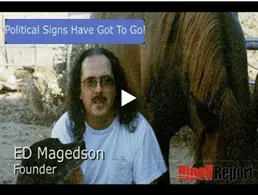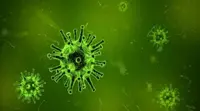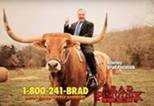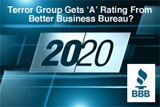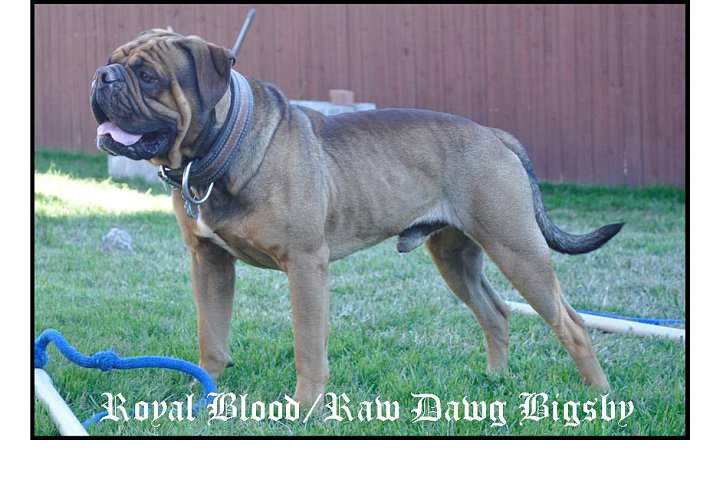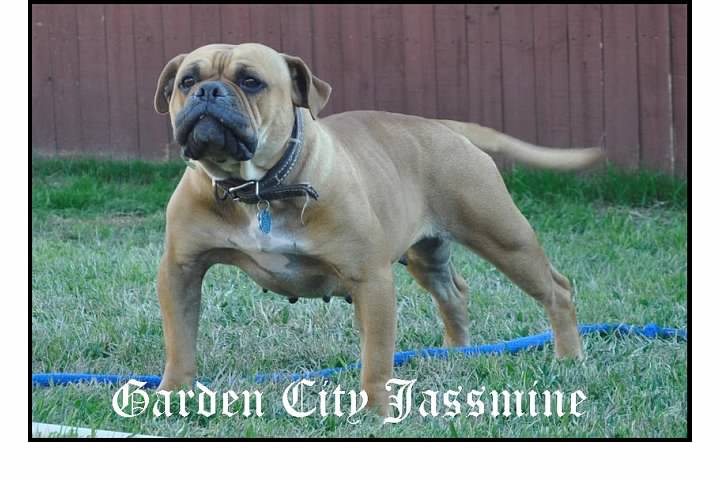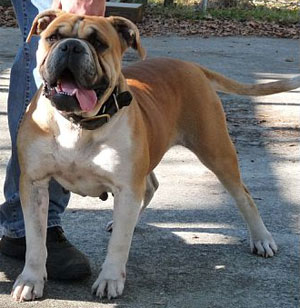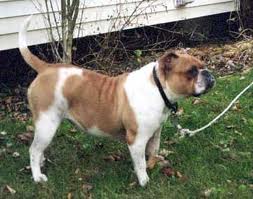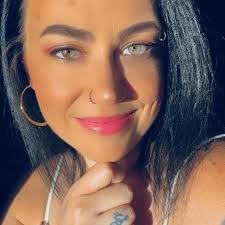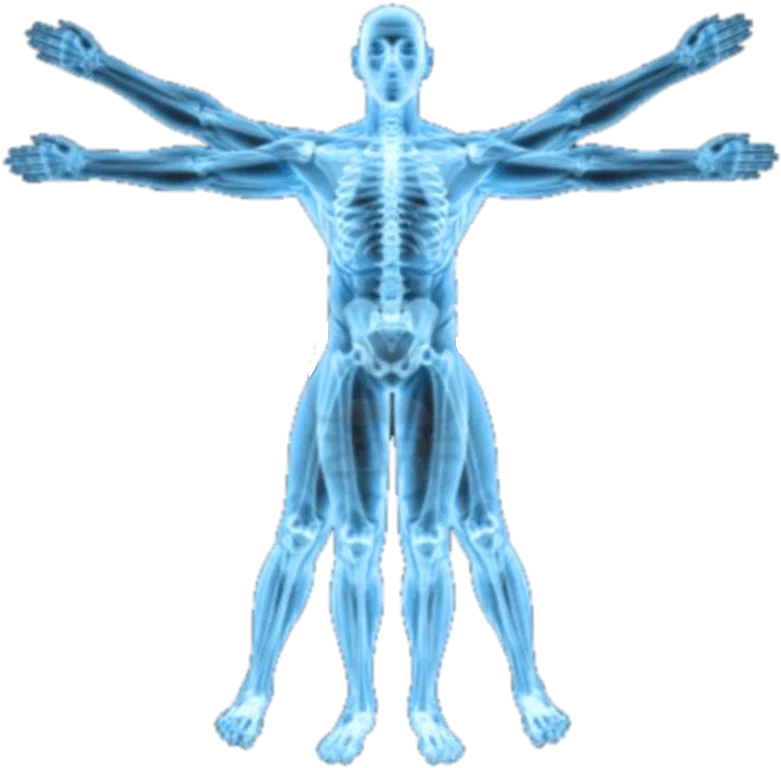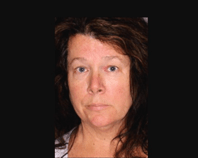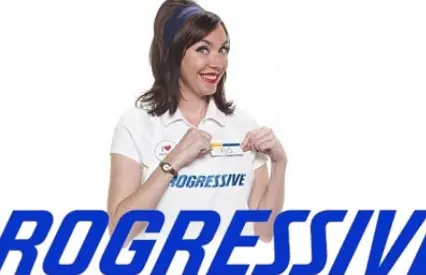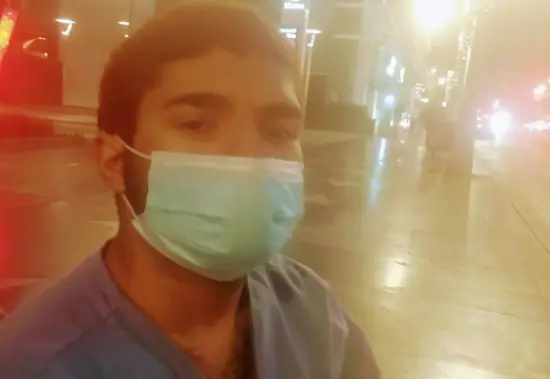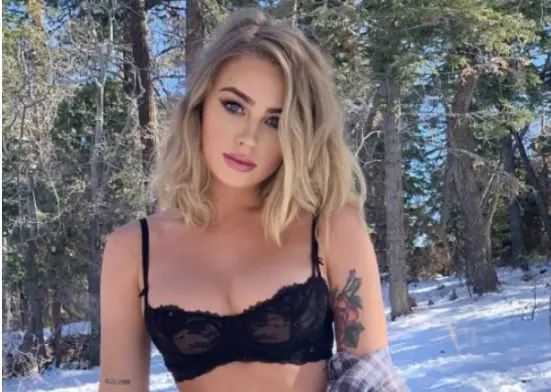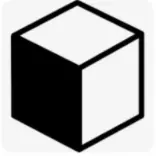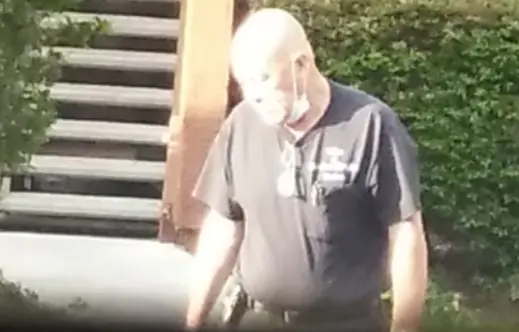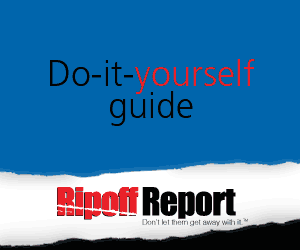Complaint Review: OLDE ENGLISH BULLDOGGES AND OLDE BULLDOGGES AND BULLDOGGES - Internet Internet
- OLDE ENGLISH BULLDOGGES AND OLDE BULLDOGGES AND BULLDOGGES Internet United States of America
- Phone:
- Web: http://www.IOEBA.net
- Category: Dog Breeders
OLDE ENGLISH BULLDOGGES AND OLDE BULLDOGGES AND BULLDOGGES OLDE ENGLISH BULLDOGGES, OLDE BULLDOGGES, BULLDOGGES. Internet, Internet
listed on other sites?
Those sites steal
Ripoff Report's
content.
We can get those
removed for you!
Find out more here.
Ripoff Report
willing to make a
commitment to
customer satisfaction
Click here now..
REAL OLDE ENGLISH BULLDOGGE HAVE LONG TAIL.
Standard - Olde English Bulldogge
GENERAL APPEARANCE
The Olde English
Bulldogge is a muscular, medium and large sized dog of great strength, stability
and athleticism. He is well balanced and proportioned, with no feature
exaggerated or standing out. He has the appearance of a dog capable of doing his
original job, bull baiting. Remember that excessive height would have been
detrimental for the old working Bulldog because he had to play low to avoid
the bulls horns and fasten onto his nose. A heavy weight dog would have also
been at a disadvantage because the bulls nose would have been more likely to
rip, sending the dog flying.
The Olde English Bulldogge
was developed in the early 1970's by David Leavitt, of Coatesville, PA. Mr.
Leavitt used a line breeding scheme that was designed and developed by Ohio
State University for breeding cattle. The goal was to recreate a specific breed
of Bulldogge with the look, health and athleticism of the original bull baiting
dogs, but without the extreme tenacity. The foundation crosses consisted of
English Bulldog, and the other half Bullmastiff, American Pit Bull Terrier, and
American Bulldog. After many carefully planned crosses, the Olde English
Bulldogge emerged and began to breed true.
CHARACTERISITCS
The disposition of the
Olde English Bulldogge is confident, courageous and alert. OEBs are very
friendly and loving. They are extremely strong and occasionally display same sex
dog aggression, so socialization and obedience training are important. It is
best to channel high energy individuals to some type of work and exercise.
Fault: Shyness in a mature dog.
HEAD - The OEB head is prominent and dramatic. The circumference of the head is at least equal to the dogs height at the withers. The cheeks are large, well developed and display
powerful jaw muscles. A slightly wrinkled forehead is acceptable.
SKULL - The skull is
large but well proportioned to the dogs muscular body and prominent shoulders.
There is a crease from the stop to the occiput.
Serious
Faults: Narrow skull; domed forehead.
MUZZLE - The muzzle is
square, wide and deep, with definite layback. Distance from the tip of the nose
to the stop does not exceed one-third of the distance from the tip of the nose
to the occiput. Height of the muzzle, from the bottom of the chin to the top of
the muzzle, is equal to or greater than the length of the muzzle, thus producing
the deep square muzzle. There is slight to moderate wrinkle on the muzzle. Flews
are semi pendulous. The bite is undershot and horizontally straight. Underbite
is or less. Lower jawbone is moderately curved from front to
back.
Faults: A slightly longer or shorter muzzle;
excessive wrinkle.
Disqualifications: Wry jaw;
overbite.
EYES - Eyes are round
to almond shape and medium sized. They are set wide apart, with the outside
corner of the eye intersecting with the outside line of the skull and are set
low, at the level of the muzzle, where the stop and muzzle intersect. Eye color
is brown, with black pigmented eye rims.
Fault: Any pink on the eye
rims.
Disqualifications: Any eye color other than brown; wall eyes;
crossed eyes.
TEETH - Canine teeth
are large. Broken, chipped or extracted teeth are acceptable. There are 6 corn
row teeth between canines.
Fault: Exposed canine teeth
NOSE - Nostrils are
wide with a line running vertically between nostrils from the tip of nose down
to the bottom of the upper lip. Nose is large and broad in relationship to the
width of the muzzle. Nose color is black.
Faults: Any pink on the nose or in the nostrils.
Serious Fault: Slit nostrils
Disqualification: Any
color nose other than black
EARS - Ears are rose,
button or tulip, with rose preferred. They are set high and to the rear of the
skull. The ears are positioned as wide as possible on the outside of the skull.
They are small to medium in size.
NECK - Neck is medium
length, wide, and slightly arched. It is a little smaller than the head where
the two meet. and gets wider from that point to the shoulders. It is slightly
loose from jaw to chest, forming a double dewlap.
Serious
Fault: A single dewlap.
SHOULDERS - They are
broad, heavily muscled and have a separation between shoulder blades. The
scapula (shoulder blade) should be at an approximate 35 degree angle to vertical
and forms an angle approximately 110 degrees to the humerus (forearm). Scapula
and humerus should be roughly equal in length.
ELBOWS A vertical line
drawn from the point of the scapula (top) to the ground will pass directly
through the elbow. The elbows are not turned in or out.
FORELEGS The
legs are set wide apart, coming straight down from the shoulders. They are
straight vertically on inside of legs and well muscled giving a bowed appearance
of front quarters. The forelegs have medium bone and are in proportion to the
body.
PASTERNS The pasterns
are medium in length. They are straight, strong, flexible and nearly
perpendicular to the ground.
Faults: Foreleg bones too heavy or too light.
Serious Faults: Loose shoulders; upright shoulders; loose elbows;
weak pasterns (either too vertical or too horizontal).
BODY - Body is sturdy
and powerful. The length from tip of breastbone to rear thigh is slightly longer
than the height from ground to withers.
BACK - The back is wide
and muscular, showing power. Top-line has a slight roach(or wheel back). There
is a fall in the back, to its low spot behind the shoulders. From this point the
spine rises to the loin. The high point of the loin is a little bit higher than
the shoulders, then there is a gentle curve, forming an arch, down to the tail.
Loin(back of rib cage to hips) is muscular, medium in length and slightly
arched.
CHEST - The chest is
wide and deep with a muscular brisket. Ribs are well sprung and rounded, being
at their fullest directly behind the shoulders. Shoulders to forelegs are well
muscled
Faults: Narrow rib cage. Very long or
short loin.
HINDQUARTERS - Hips and
thighs are strong and muscular. Hind legs are well muscled and slightly longer
than the forelegs. In a natural stance they are straight, parallel and set apart
when viewed from the rear. Distance between hind legs is less than distance
between front legs. Angulation is moderate. Stifles have a gentle convex curve
when viewed from the side. Stifle angle roughly matches the angle of the pelvis.
Hocks are perpendicular to the ground when viewed from the side and back. They
are parallel to each other when viewed from the back. A line drawn from the rear
most part of the buttocks, perpendicular to the ground, should fall to the front
of the toes. A line drawn from the upper (front) point of the pelvis,
perpendicular to the ground, should pass through the knee (the two preceding
tests of good angulation must be performed with the dogs hocks set
perpendicular to the ground).
Fault: Hips which are equal to shoulders in
width.
Serious Faults: Straight stifle. Severely cow hocked or bow
hocked.
FEET - Feet are of
medium size and are well arched and rounded (cats foot). They are straight when
viewed from the front. Rear feet are smaller than front
feet.
Faults:
Feet turning in or out; long toes.
Serious Faults: Flat feet;
hare feet; and splayed toes.
TAIL - Set low, thick
at the root, tapering to a point. Tail should not curl over back. No Docking of
the tail, it helps the dog balance so he can move while working.
Faults:
Tail curling 360 degrees. Same circumference from base to
tip.
Disqualifications: Kinked, docked, bobbed or
screw tail (a kinked tail is a tail with one or more sharp
bends).
COAT - Coatis short,
close and of medium density. It should be shiny, showing good
health.
Faults:
Fringe, feather or curl in the coat.
COLOR - Color can be brindle of red, mahogany, fawn
or black; either solid or pied (with white). Solid white. Fawn, red or black; solid
color or pied.
Disqualifications: Blue
(Neapolitan Mastiff color), as well as black with rust or mahogany (Rottweiler
colors)
HEIGHT and WEIGHT - Males are 60 to 80 lbs.
and 17 to 20 inches at the withers; Bitches are 50 to 70 lbs. and 16 to 19
inches at the withers.
Deviation from this range of height and
weight will be faulted according to the extent of the deviation.
Weight should be proportioned to height and
the dogs must not be squat nor rangy.
GAIT - Gait is smooth, powerful,
energetic and confident. Travel is straight. Feet should move forward and back
in the same plane. Foot falls approach the centerline as trot speed increases.
There is a slight under step as rear feet land just short of where front feet
land. Front and rear reach are balanced. Feet must not cross or interfere with
each other. Dog should have proper movement when viewed from the side and
back.
This report was posted on Ripoff Report on 01/28/2013 07:20 AM and is a permanent record located here: https://www.ripoffreport.com/reports/olde-english-bulldogges-and-olde-bulldogges-and-bulldogges/internet/olde-english-bulldogges-and-olde-bulldogges-and-bulldogges-olde-english-bulldogges-olde-1004621. The posting time indicated is Arizona local time. Arizona does not observe daylight savings so the post time may be Mountain or Pacific depending on the time of year. Ripoff Report has an exclusive license to this report. It may not be copied without the written permission of Ripoff Report. READ: Foreign websites steal our content
If you would like to see more Rip-off Reports on this company/individual, search here:

Advertisers above have met our
strict standards for business conduct.


